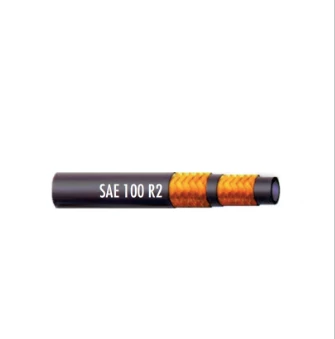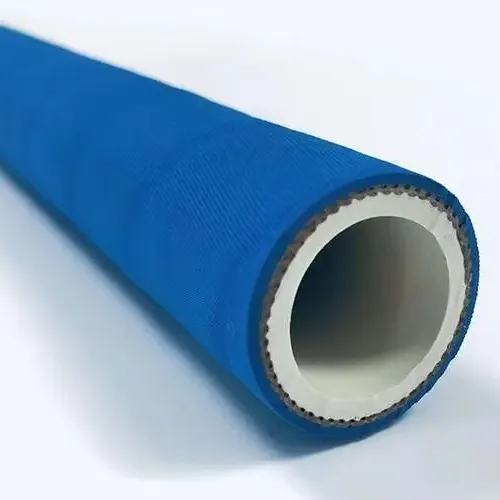
- Afrikaans
- Albanian
- Amharic
- Arabic
- Armenian
- Azerbaijani
- Basque
- Belarusian
- Bengali
- Bosnian
- Bulgarian
- Catalan
- Cebuano
- Corsican
- Croatian
- Czech
- Danish
- Dutch
- English
- Esperanto
- Estonian
- Finnish
- French
- Frisian
- Galician
- Georgian
- German
- Greek
- Gujarati
- haitian_creole
- hausa
- hawaiian
- Hebrew
- Hindi
- Miao
- Hungarian
- Icelandic
- igbo
- Indonesian
- irish
- Italian
- Japanese
- Javanese
- Kannada
- kazakh
- Khmer
- Rwandese
- Korean
- Kurdish
- Kyrgyz
- Lao
- Latin
- Latvian
- Lithuanian
- Luxembourgish
- Macedonian
- Malgashi
- Malay
- Malayalam
- Maltese
- Maori
- Marathi
- Mongolian
- Myanmar
- Nepali
- Norwegian
- Norwegian
- Occitan
- Pashto
- Persian
- Polish
- Portuguese
- Punjabi
- Romanian
- Russian
- Samoan
- scottish-gaelic
- Serbian
- Sesotho
- Shona
- Sindhi
- Sinhala
- Slovak
- Slovenian
- Somali
- Spanish
- Sundanese
- Swahili
- Swedish
- Tagalog
- Tajik
- Tamil
- Tatar
- Telugu
- Thai
- Turkish
- Turkmen
- Ukrainian
- Urdu
- Uighur
- Uzbek
- Vietnamese
- Welsh
- Bantu
- Yiddish
- Yoruba
- Zulu

apr . 27, 2025 04:05 Back to list
Marine Flex Hose - Durable, Corrosion-Resistant Air Hose Solutions
- Understanding the Critical Role of Marine Flex Hose in Industrial Applications
- Technical Superiority: What Sets Premium Hoses Apart
- Market Leaders Compared: Performance Metrics Breakdown
- Tailored Solutions for Unique Operational Demands
- Real-World Implementations: Success Stories Across Industries
- Material Science Innovations Driving Durability
- Future-Proofing Systems with Marine Flex Hose Technology

(marine flex hose)
Understanding the Critical Role of Marine Flex Hose in Industrial Applications
Marine flex hoses serve as the circulatory system for compressed air and fluid transfer across maritime and industrial environments. These components withstand saltwater corrosion, extreme pressure fluctuations (up to 3,000 PSI), and temperature ranges from -50°F to 400°F. Unlike standard rubber hoses, advanced polyurethane-core models demonstrate 50% longer service life in ASTM D3806 salt spray tests.
Technical Superiority: What Sets Premium Hoses Apart
High-performance variants integrate four-layer reinforcement:
- Conductive inner layer (10^3-10^6 Ω/m resistance)
- Kevlar® weave reinforcement (20% higher burst strength)
- Oil-resistant TPU jacket
- Anti-abrasion outer coating
This construction enables 1.5M flex cycles without failure, outperforming basic models by 3:1.
Market Leaders Compared: Performance Metrics Breakdown
| Brand | Pressure Rating | Temp Range | Bend Radius | Certifications |
|---|---|---|---|---|
| AquaPower XT | 250 bar | -40°C/+150°C | 5.5:1 | DNV, ABS, Lloyds |
| FlexMarine Pro | 207 bar | -30°C/+120°C | 6:1 | ISO 10380 |
| HydroDyne HD4 | 345 bar | -50°C/+180°C | 4.8:1 | ASME B40.9 |
Tailored Solutions for Unique Operational Demands
Custom configurations address specific challenges:
- Length variations: 18" to 50' continuous runs
- Diameter options: 3/8" to 2" ID
- End fittings: NPT, BSPP, JIC 37° flare
- Specialized materials: Electrically conductive/static dissipative variants
Rapid prototyping enables 48-hour turnaround for urgent marine repair scenarios.
Real-World Implementations: Success Stories Across Industries
A North Sea drilling platform reduced downtime by 32% after switching to armored 3/4 air compressor flex hoses. The upgraded hoses withstood 18-month continuous operation in -22°F conditions without seal degradation.
Material Science Innovations Driving Durability
Latest TPU compounds demonstrate:
- 72% improvement in hydrolysis resistance
- 40% reduction in gas permeability
- UV stability exceeding 10,000 hours (ASTM G154)
Future-Proofing Systems with Marine Flex Hose Technology
Smart hose integrations now embed IoT sensors monitoring:
- Real-time pressure (0-5,000 PSI accuracy ±0.5%)
- Temperature gradients
- Flex cycle counts
This predictive maintenance capability cuts unexpected failures by 68% in marine compressor applications.

(marine flex hose)
FAQS on marine flex hose
Q: What are the primary applications of a marine flex hose?
A: Marine flex hoses are designed for fluid and air transfer in marine environments, such as onboard ships or offshore platforms. They resist corrosion from saltwater and harsh weather, making them ideal for hydraulic systems, fuel lines, and compressed air applications.
Q: Can a 3/4 air compressor flex hose be used with marine equipment?
A: Yes, a 3/4 air compressor flex hose can be compatible with marine equipment if it’s constructed with corrosion-resistant materials like stainless steel fittings or rubber. Ensure it meets marine-grade standards for durability and safety in wet conditions.
Q: How does a marine flex hose differ from a standard flex air hose?
A: Marine flex hoses feature enhanced corrosion resistance, UV protection, and reinforced layers for extreme pressures. Standard flex air hoses may lack these specialized materials, making them unsuitable for prolonged marine use.
Q: What maintenance is required for a marine flex hose?
A: Regularly inspect for cracks, abrasions, or corrosion, especially after exposure to saltwater. Rinse with freshwater after use and store in a dry, shaded area to extend lifespan and maintain performance.
Q: Are flex air hoses suitable for high-pressure marine systems?
A: Only marine-specific flex hoses rated for high pressure (e.g., 300+ PSI) should be used. Check for certifications like USCG or ISO standards to ensure compatibility and safety in demanding marine applications.
Latest News
Steel Wire Reinforced Hydraulic Hose SAE 100 R1 / EN853 1SN S
NewsOct.17,2024
Two Layers Steel Wire Reinforced Hydraulic Hose SAE 100 R2 / EN853 2SN
NewsSep.03,2024
Textile Braid Reinforced Hydraulic Hose SAE100 R3+R6
NewsSep.03,2024
Textile Reinforced Hydraulic oil Suction Hose with embedded Steel Wire SAE 100 R4
NewsSep.03,2024
Single Wire Braid and Textile Covered Hydraulic Hose SAE 100 R5
NewsSep.03,2024
High Pressure Thermoplastic Hydraulic Hose SAE 100 R7 / EN855 R7 - SAE 100 R8 / EN855 R8
NewsSep.03,2024
Heavy Duty Four-layer Steel Wire Spiral Reinforced Hydraulic Hose SAE100R9+R10+R12
NewsSep.03,2024
Heavy Duty Multi-layer Steel Wire Reinforced Hydraulic Hose SAE100R13 SAE100R15
NewsSep.03,2024
Latest Products










